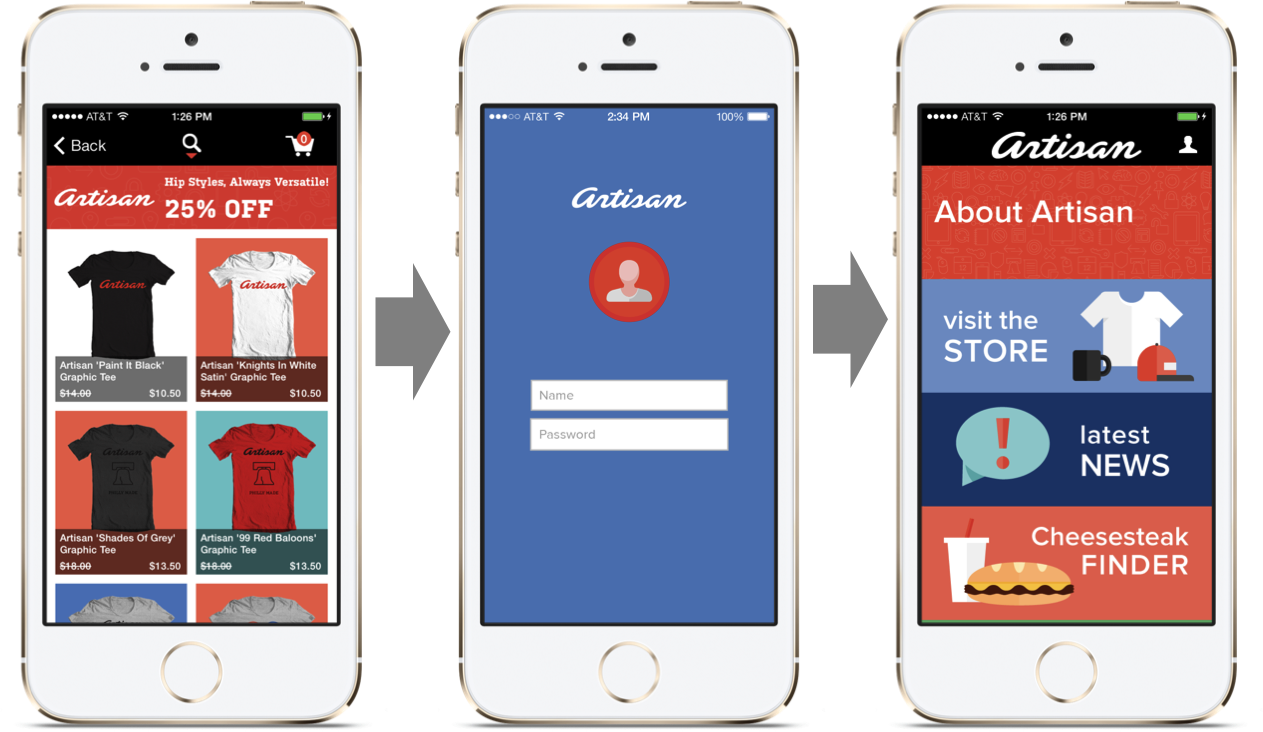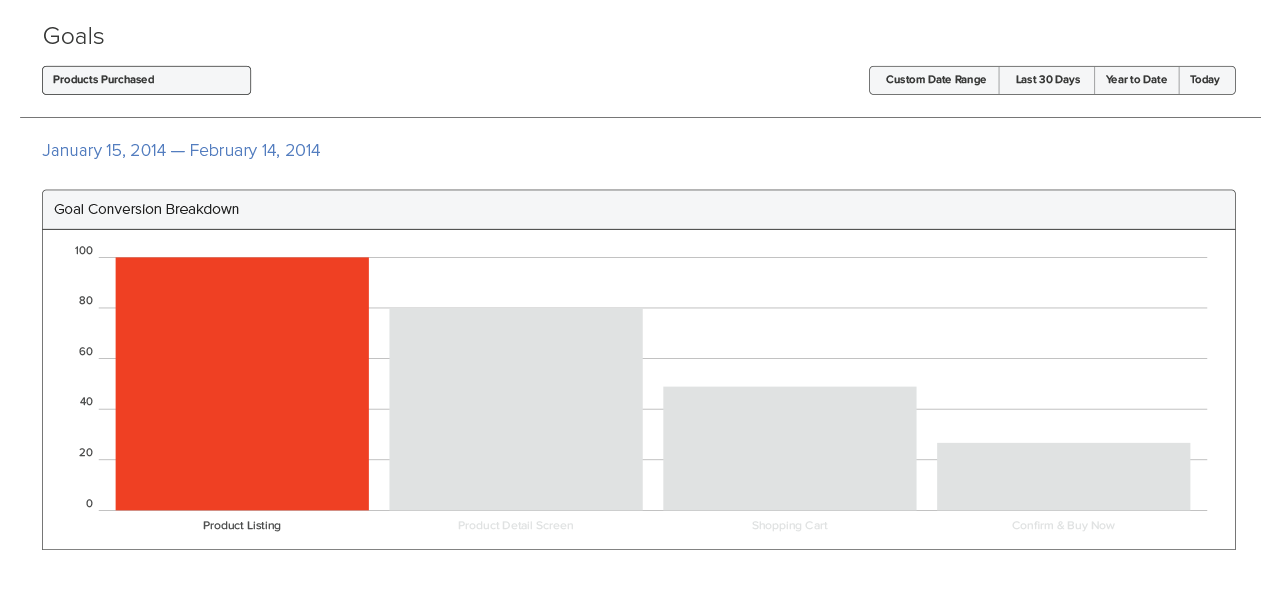The primary goal of the top of the funnel is to increase reach. Learn what metrics to track and improve in order to realize the full potential of your app.
Ported Post: This entry was originally published in the Artisan Mobile blog. Artisan was rebranded as In-App Marketing after being acquired by TUNE in July of 2015.
What is the Top of the Funnel?
The top of the funnel is where new users “enter” the sales process — or, in other words, the consumer decision journey. It progresses from basic awareness to initial consideration of products or services. For app users, the download and initial open occur at the top of the funnel.
The top of the funnel is where new users “enter” the sales process — or, in other words, the consumer decision journey. It progresses from basic awareness to initial consideration of products or services. For app users, the download and initial open occur at the top of the funnel.
The primary goal at the top of the funnel is to increase awareness and reach. Brands aim to drive as many targeted users into to the top of the funnel as possible with the goal of widening the entire length of the funnel and increasing revenue. Effective mobile apps achieve this goal by providing an optimized experience that seamlessly drives new and returning users through the customer decision journey and ultimately to a purchase.
So…is the top of your app’s funnel as effective as it should be?
In order to start understanding how your app is performing, you need to know what metrics to track. Do yourself a favor and skip over the vanity metrics, such as app downloads. Although these may look good on paper and are easy to track, they don’t represent direct progress towards your business objectives. The number of app downloads is meaningless if potential users are downloading the app and then letting it sit idle.
Instead consider the metrics below to measure success in the top of the funnel of your mobile app. These metrics can be directly tied to business objectives and will give you a better understanding into how the top of your app’s funnel is actually performing.
- Count of First App Purchases – An important part of top of funnel mCommerce activity is attracting and enticing new users to engage within the app. “Count of first app purchases” is defined as the number of first time app users making purchases within an app. Understanding how many new mobile users are successfully entering an app and making a purchase sheds light on how effectively an app is attracting new users as well as how successful the app is at persuading them to navigate the full length of the funnel.
- Sign-up Conversion – Sign-up conversion rate is defined as the percentage of app downloads that result in a user signing-up. Understanding the percentage of app downloads that result in a sign-up accurately identifies the percentage of active and interested users that an app is securing. The sign-in conversion rate is defined as the percentage of sessions that result in a user sign-in. A low sign-in conversion rate signals that the sign-in process may be too complex, and that a deterrent exists inhibiting users from navigating further into the app.
- Sign-in Conversion Rates – Signing in to an app, or in the case of a first time user, signing up for an app is the first real conversion that an app user undergoes after downloading an app or, in many cases, initiating a session. This conversion action is the very first sign that the user has intent to buy and is a far better metric to track than app downloads.
- Catalog Click Through Rate – The catalog click through rate is defined as the percentage of home screen views that result in a product being clicked, resulting in an app user navigating to the product detail screen. This conversion action signals that the user is interested and engaged with the app and has found a particular product interesting enough to seek out additional information within the app. The user is signaling that they were provided enough information to spark interest and that they liked what they saw.
Looking for testing ideas to help improve these metrics? Download our free eBook.
Author
Becky is the Senior Content Marketing Manager at TUNE. Before TUNE, she handled content strategy and marketing communications at several tech startups in the Bay Area. Becky received her bachelor's degree in English from Wake Forest University. After a decade in San Francisco and Seattle, she has returned home to Charleston, SC, where you can find her strolling through Hampton Park with her pup and enjoying the simple things in life.






Leave a Reply
You must be logged in to post a comment.